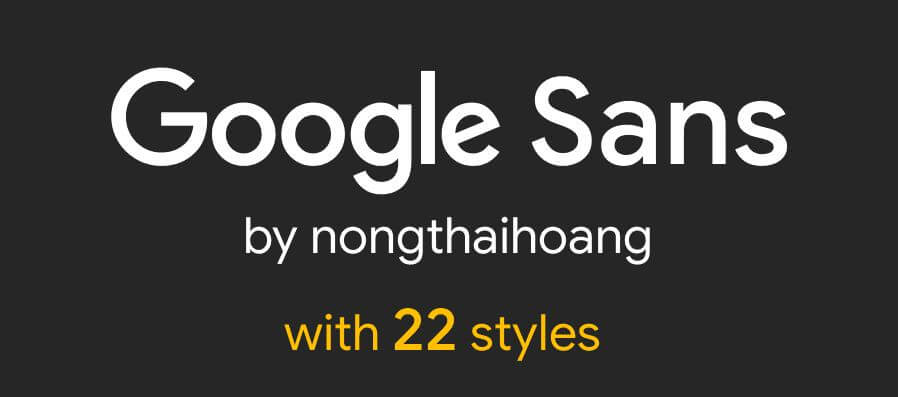

Embedding includes font information in a digital document, to ensure that the text is rendered with the font specified by the author. When the viewer of a digital document is missing the font used to create this document, the text will display incorrectly. Typically found on the lower case ‘g’, an ear is a finishing stroke usually on the upper right side of the bowl.

Double-storey.Ī double-story ‘a’ or ‘g’ has two counters, as opposed to their single-storey variants which only have one counter. As opposed to text typefaces, display typefaces are usually meant for larger settings. Display.Ī category of typefaces designed for decorative or headline use. Dingbats.ĭecorative symbols and characters that are generally not included in a font or character set, including boxes, bullets, arrows, pointers, and other characters. In the Latin alphabet their function is to change the sound value of the letters to which they are added in other alphabetical systems like Arabic or Hebrew they may indicate sounds (vowels and tones) which are not conveyed by the basic alphabet.

Some types of descenders have specific names.Ī diacritic is an ancillary mark or sign added to a letter. The old-style numerals 3, 4, 5, 7, and 9 also have descenders. Descender.Īny part in a lowercase letter that extends below the baseline, found for example in g, j, p, q, y, etc. Delta hinting is a time-consuming and expensive process, but makes for quality TrueType fonts. Due to the extensive time required to create delta hints, most fonts do not include them. Delta hinting does not affect printing, nor is it available for PostScript fonts. Instructions added to a TrueType font, allowing it to display nicely at any point size on screen. The inside of a narrow angle where two strokes in a character meet, as in V, W, Y. The (usually) horizontal stroke that intersects the stem of the lowercase ‘f’ and ‘t’. The (usually) horizontal stroke across the middle of the uppercase ‘A’ and ‘H’. The enclosed or partially enclosed circular or curved negative space (white space) of some letters such as d, o, and s is the counter. Contextual.įeature-rich OpenType fonts can detect certain characters or character combinations before and/or after specific characters and substitute them with alternate glyphs or ligatures according to the context. Some characters can be represented by more than one glyph. Fonts with case-sensitive punctuation also have slightly raised alternates of these characters that are centered on the cap height (the height of the capital).Īny letter, numeral, punctuation mark, and other sign included in a font. is centered on the x-height of the lowercase letters. The position of a number of punctuation marks like hyphens, brackets, slashes etc. The imaginary line upon which the letters in a font appear to rest. The horizontal stroke in characters such as A, H, R, e, and f. Ball Terminal.Ī terminal that resolves into circular shape. B Backslant.Ĭharacters that lean to the left, as opposed to italic or slanted characters that lean to the right. The slant of the axis (or lack thereof) often helps determine the type classification. Axis.Īn imaginary line drawn from top to bottom of a glyph bisecting the upper and lower strokes is the axis. Some types of ascenders have specific names. Ascender.Īny part in a lowercase letter that extends above the x-height, found for example in ‘b’, ‘d’, ‘f’, ‘h’, ‘k’, etc. The horizontal stroke in a character that does not connect to a stem at one or both sides. The point at the top of a letter where two strokes meet, for example in the capital ‘A’. Specifically the opening to the counter space. The partially enclosed, somewhat rounded negative space in some characters such as ‘n’, ‘C’, ‘S’, the lower part of ‘e’, or the upper part of a double-storey ‘a’. The common German and Scandinavian names for serif faces, as opposed to “Grotesk” which means sans serif face. Anti-aliasing is usually desirable at large point sizes (16 points or above). Anti-aliasing.īlurring the edges of a font on screen to soften the look of bitmapped type. A Accents.ĭifferent shapes (or glyphs for the same character in a typeface, for example small caps, swash characters, contextual alternates, case-sensitive forms, etc. Jump to: A, B, C, D, E, F, G, H, I, J, K, L, M, N, O, P, R, S, T, U, V, W, X.


 0 kommentar(er)
0 kommentar(er)
